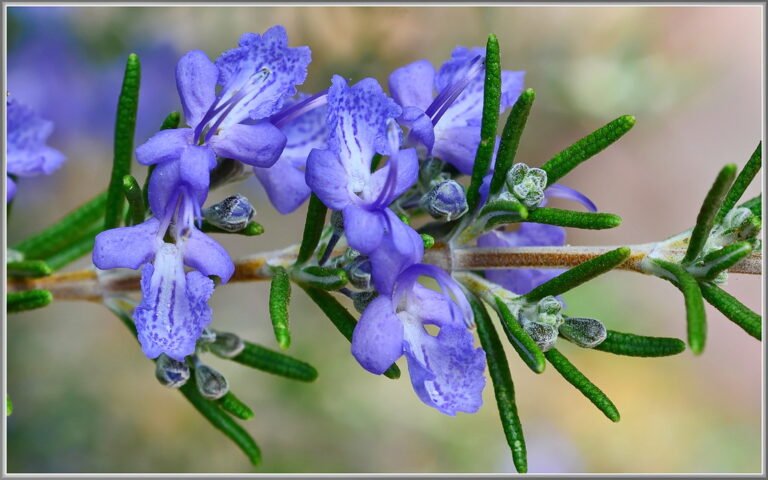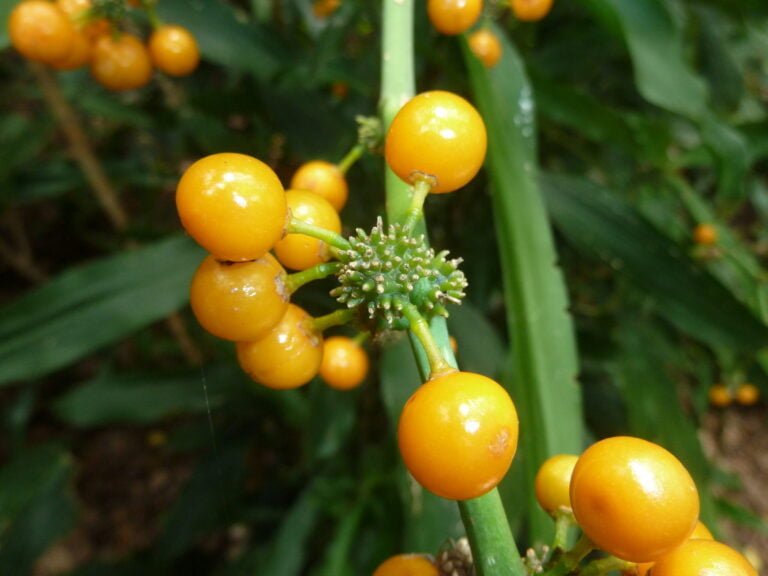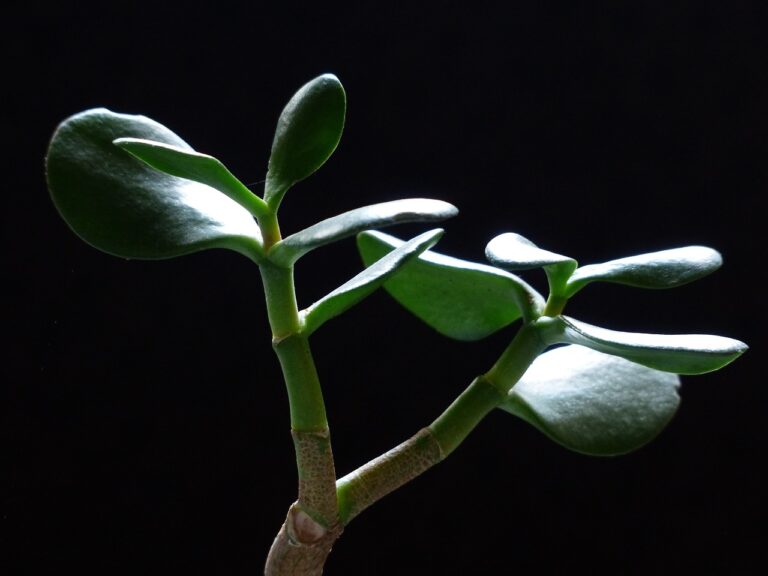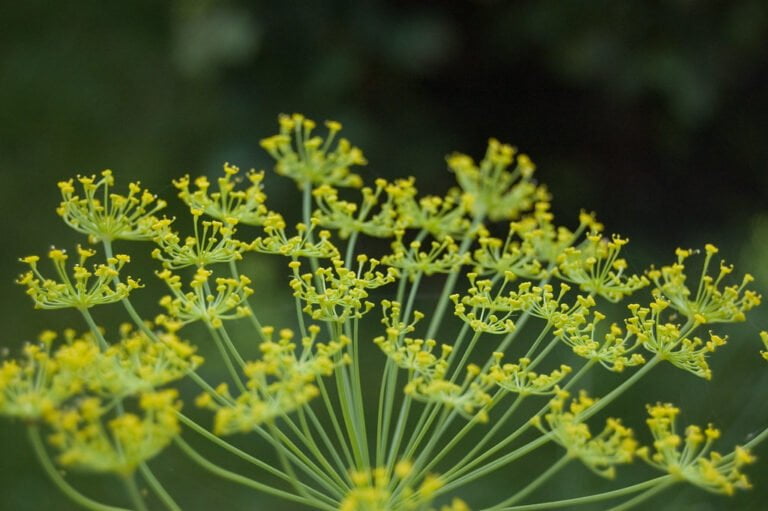Understanding and Addressing the Issue of Curling Leaves in Lemon Trees
Curling leaves in lemon trees signal potential issues like pests, diseases, or environmental stressors. Check for aphids, citrus leaf miners, or nutrient deficiencies. Guarantee proper pH levels (5.5 to 6.5) to prevent magnesium deficiency. Overwatering can lead to root rot and wilted leaves; regulate watering frequency and drainage. Shield trees from extreme temperatures and frost damage below 29°F. Monitor soil moisture levels and adjust care routines accordingly. Combat leaf curl with copper-based sprays and address underlying causes. Seek solutions to maintain lemon tree health and prevent further leaf curling issues.
Common Causes of Leaf Curling
Leaf curling in lemon trees is often triggered by various factors, including pests, diseases, and environmental conditions. In the case of citrus trees, leaf curling can be a common issue that many gardeners face. Insect pests like aphids and citrus leaf miners are known culprits, especially targeting young leaves. These pests can cause damage, leading to the curling and distortion of leaves. Additionally, diseases such as citrus canker and citrus greening can also result in leaf curling and premature leaf drop, impacting the overall health of the lemon tree.
Moreover, environmental factors play a significant role in leaf curling. Extremes in temperature, poor air circulation, and nutrient deficiencies can all contribute to this problem. Nutrient deficiencies, in particular, can weaken the tree, making it more susceptible to pests and diseases that trigger leaf curling. To address these issues, it is vital to maintain proper watering practices, uphold favorable growing conditions, and regularly inspect the lemon tree for any signs of pests or diseases.
Implementing integrated pest management strategies is essential for effectively addressing and preventing leaf curling in lemon trees. By combining cultural, biological, and chemical control methods, gardeners can manage pests and diseases while promoting the overall health of their citrus trees. Integrated pest management not only targets the current issues causing leaf curling but also helps prevent future infestations, ensuring the lemon tree thrives.
Identifying Pest Infestations
When identifying pest infestations on lemon trees causing leaf curl, it’s vital to look for specific signs like distorted leaf patterns or silvery trails left by citrus leaf miners. Common pests such as aphids and citrus leaf miners are known culprits behind curling leaves on lemon trees. Implementing integrated pest management strategies is essential to effectively control and prevent pest infestations in lemon trees.
Pest Signs Identification
To effectively identify pest infestations on lemon trees, observe for specific indicators such as sticky honeydew, distorted leaves, silvery trails, white filaments, and common indoor pests like spider mites, mealybugs, and scale. When leaves start curling, it could be a sign of aphid presence. Look for signs of the Asian citrus psyllid by checking for white filaments on the leaves. Mealy bugs can also cause leaf curl, so inspect for their presence. Utilizing neem oil can help combat these pests effectively. Additionally, keep an eye out for spider mites, mealybugs, and scale, as they are known to cause issues with lemon trees. Identifying these pest signs promptly can aid in implementing appropriate pest control measures to protect your lemon trees.
Common Pest Species
Identifying common pest species infesting lemon trees requires keen observation of specific indicators such as aphids, citrus leaf miners, Asian citrus psyllid, mealybugs, and spider mites. These pests can directly contribute to the curling of lemon tree leaves due to their feeding habits and interactions with the plant. To accurately identify these common pest species, one should look for the following signs:
- Aphids: Look for clusters of small insects on the underside of leaves.
- Citrus Leaf Miners: Check for silvery trails and distorted leaf structures caused by tunneling.
- Asian Citrus Psyllid: Inspect for white filaments left on leaves, indicating their presence and potential damage.
Pest Control Methods
Observing specific indicators on lemon trees can help in identifying and addressing pest infestations effectively. Curling leaves are a common sign of pest presence, often caused by aphids and citrus leaf miners. Aphids feed on plant fluids, leaving honeydew on leaves, while citrus leaf miners create tunnels that distort the leaves. Look for silvery trails or distorted leaf structures to detect leaf miner damage. Implementing integrated pest management strategies is essential for controlling these lemon tree pests. By regularly monitoring and promptly addressing pest infestations, such as aphids and citrus leaf miners, you can help protect your lemon trees from further damage and maintain a healthy yield of fruit.
Nutrient Imbalance and Leaf Curl
In lemon trees, nutrient imbalances play a vital role in the development of leaf curl. Soil pH levels can greatly impact the availability of essential nutrients, affecting leaf health. A lack of magnesium, for instance, can lead to interveinal chlorosis and curling of the leaves, hindering the tree’s ability to thrive.
Soil Ph Affects Curling
Maintaining the ideal soil pH level is essential for preventing nutrient imbalances that can lead to leaf curl in lemon trees. Here are three key points to keep in mind:
- Impact of Soil pH: Soil pH influences nutrient availability to lemon trees, affecting their health and leaf development.
- Optimal pH Range: Lemon trees thrive in slightly acidic soil with a pH of 5.5 to 6.5, ensuring proper nutrient uptake.
- Consequences of Imbalance: Imbalanced soil pH levels can result in nutrient deficiencies like iron or manganese, contributing to leaf curl and growth issues.
Lack of Magnesium Causes
To address leaf curl in lemon trees, understanding the impact of magnesium deficiency is necessary for maintaining ideal plant health and growth. Magnesium deficiency in lemon trees can manifest as leaf curling, yellowing, and stunted growth. This deficiency often presents as interveinal chlorosis, where the tissue between veins turns yellow due to insufficient chlorophyll production. Magnesium plays a critical role in chlorophyll synthesis, which is essential for photosynthesis and overall plant vitality. Correcting magnesium deficiency can be achieved by applying magnesium sulfate or Epsom salts to the soil to replenish the lacking nutrients. Regular monitoring of soil pH and nutrient levels is pivotal to prevent magnesium deficiencies and ensure the proper growth and development of lemon trees.
Overwatering and Its Effects
Overwatering lemon trees can be harmful, as it often leads to root rot, resulting in curling and wilting leaves. When a lemon tree is excessively watered, the roots suffocate due to a lack of oxygen in the soil, hindering their ability to absorb essential nutrients effectively. This disruption in the oxygen balance directly impacts the overall health of the tree, showing in various symptoms like leaf curling and yellowing of lower leaves. To address the issue of overwatering and its effects on lemon trees, consider the following:
- Monitor Watering Frequency: Keep a close eye on how often you water your lemon tree. Adjust the watering schedule to allow the soil to dry out slightly between waterings, preventing excessive moisture accumulation that can lead to root rot.
- Enhance Drainage: Guarantee proper drainage in the soil to prevent waterlogging. Excess water around the roots creates a favorable environment for root rot to develop, ultimately causing the leaves to curl and wilt.
- Watch for Signs of Overwatering: Pay attention to signs such as yellowing lower leaves and a musty smell in the soil. These indicators suggest that the lemon tree is receiving too much water, prompting the need to adjust the watering practices promptly.
Impact of Extreme Temperatures
Extreme temperatures have a notable impact on the growth and health of lemon trees, necessitating careful attention and proactive measures to mitigate potential damage. Lemon trees are particularly sensitive to extreme heat, with temperatures exceeding their critical range leading to stress and potential leaf curling. On the other hand, frost damage can occur when temperatures drop below 29°F, posing a significant threat to the plant’s well-being.
To combat these temperature extremes, it is essential to monitor soil moisture levels diligently. Maintaining adequate soil moisture helps regulate the tree’s temperature and prevents stress-induced leaf curling. In cases of extreme heat, providing shade and relocating potted plants out of direct sunlight can help mitigate the effects of high temperatures on lemon trees.
When facing frosty conditions, protecting the roots by watering the soil or using frost blankets can shield the tree from harm. For potted lemon trees, bringing them indoors when temperatures fall below 40°F is vital to prevent frost damage.
Temperature fluctuations can also impact the overall health of lemon trees, making it necessary to adjust care routines accordingly. By staying vigilant and implementing suitable protection measures, such as adjusting watering schedules and providing appropriate shelter, lemon tree owners can safeguard their plants from the adverse effects of extreme temperatures.
Remedies and Prevention Strategies
Implementing effective solutions and prevention strategies is important to maintaining the health and vitality of lemon trees, ensuring ideal growth and preventing issues such as leaf curl. To address the problem of curling leaves in Meyer Lemon trees, consider the following remedies and prevention strategies:
- Manage Watering: Adjust watering practices according to weather conditions to prevent drought stress, a common cause of leaf curl in citrus trees. Consistent moisture levels are essential for the overall health of the tree and to promote new growth.
- Utilize Copper-Based Sprays: Combat leaf curl disease by using copper-based clean-up sprays. These sprays can effectively target the pathogens causing leaf curl while being safe for the tree. Regular applications as a preventive measure can help maintain the tree’s health.
- Control Insect Infestations: If insect infestations are present, promptly address them with suitable insect sprays. Insects can weaken the tree and contribute to leaf curl. Regular monitoring and early intervention can prevent significant damage and leaf curl issues in lemon trees.






